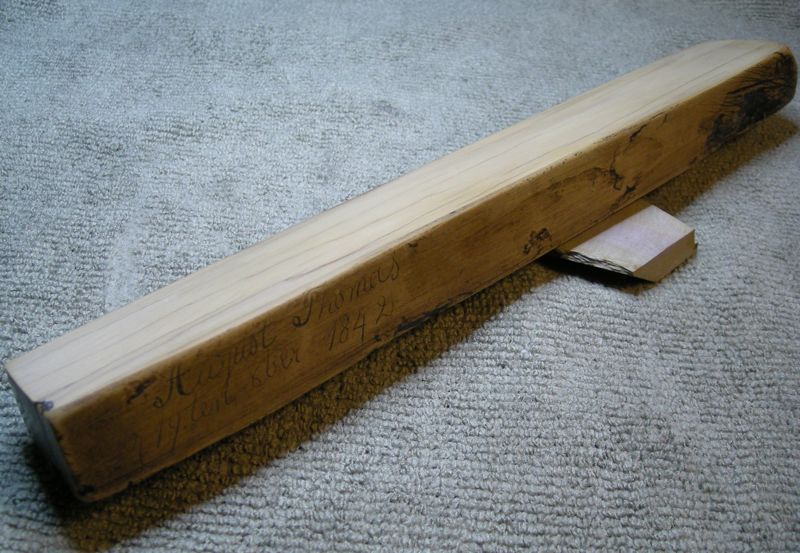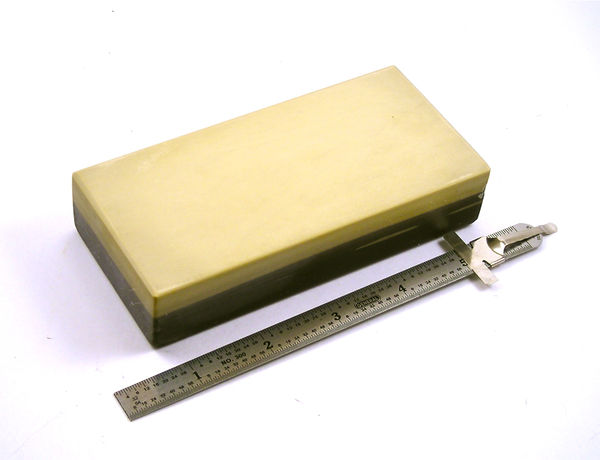Results 1 to 10 of 11
Thread: A narrow coticule???
Threaded View
-
11-22-2009, 12:57 AM #10

I'll offer encouragement - use any hone, device, or "trick" that will help you advance the quality of your honing. Definitely try a narrow hone, and if you don't like it, just sell it to a loving home via the SRP Classifieds.
I don't universally prefer narrow hones for all razors, but I definitely prefer them for old wedges and and smiling blades like you describe. The narrowness helps enforce good rolling X technique for me. With a wider hone, I tend to unconsciously drift from a rolling X to a regular X pattern, leading to an uneven bevel along the length of a smiling blade. Too narrow at the heel, too wide at the point, and not really "right" anywhere.
So I don't think a 1 x 6" or 1 x 8" hone is crazy at all. My most useful narrow hone is a very old 1.25 x 9.2" solid coticule stone, that gets very close to 1" wide at it's narrowest point. It's in the Wiki hone database (listed as "Coticule, Vintage, Solid"), and is pictured below. The nice thing is that because demand is heavier for wider hones, narrow hones (particularly coticules) can generally be had more cheaply.

On hollow-ground razors with straight edges, my favorite size is palm-sized, around 2.5 x 5 inches (like mine pictured below from the Hone Wiki). I don't really have the required level of coordination and muscle control to maintain a straight-edge hollow-ground razor dead flat on a 1-inch wide hone. I need the width of the hone as a rest for the blade to keep it in proper flat contact with the hone during the entire stroke. For me, the hone needs to be wide enough (at least 2 inches) so that 2/3rds of the blade's length never leaves the hone during the X stroke.
I love to hone and will try to hone with natural stones of any shape, any size. But through trial and error I learned that these two form factors help me, see what helps you.



 LinkBack URL
LinkBack URL About LinkBacks
About LinkBacks







 Reply With Quote
Reply With Quote